Home>Gardening & Outdoor>Landscaping Ideas>How To Kill Water Grass
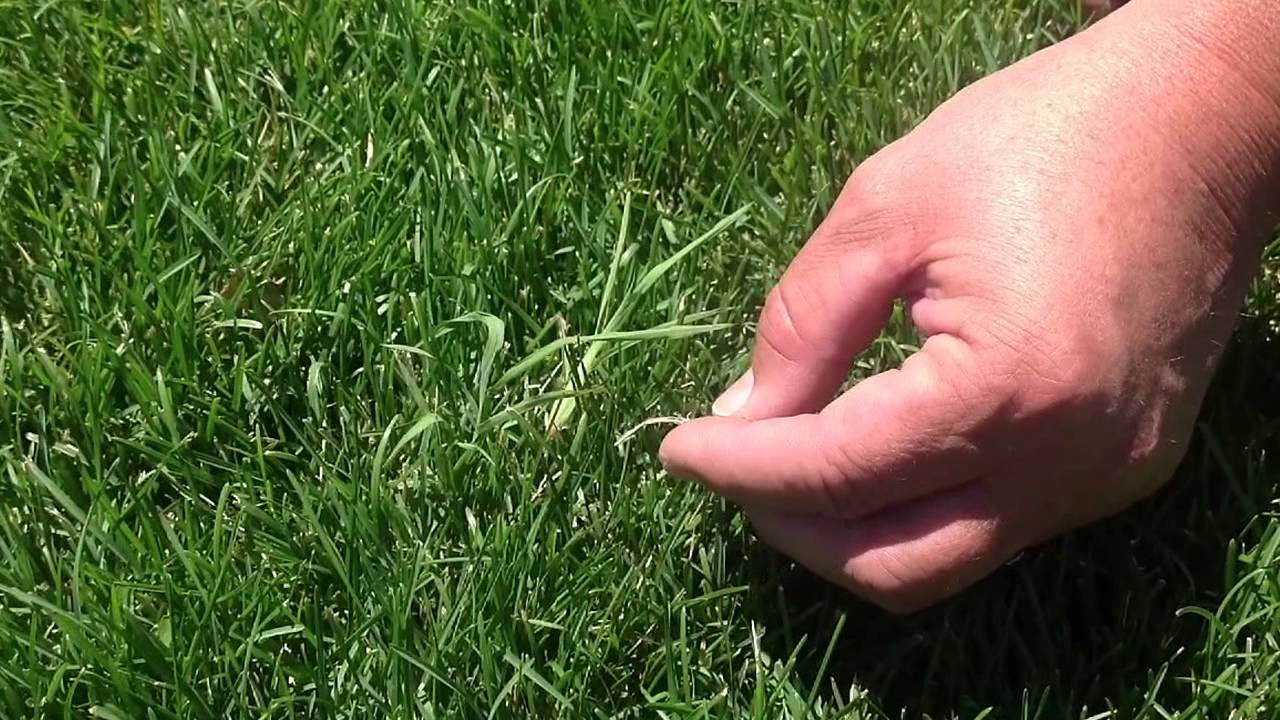

Landscaping Ideas
How To Kill Water Grass
Modified: August 16, 2024
Learn effective landscaping ideas to kill water grass and improve the aesthetics of your outdoor space. Discover expert tips and techniques for a pristine lawn.
(Many of the links in this article redirect to a specific reviewed product. Your purchase of these products through affiliate links helps to generate commission for Storables.com, at no extra cost. Learn more)
Introduction
Dealing with an overgrowth of water grass can be a daunting task for any homeowner or landscaper. The lush greenery of a well-maintained lawn or garden can quickly be overshadowed by the invasive nature of water grass. Whether it's creeping into your flower beds, encroaching upon your carefully manicured lawn, or taking over your backyard pond, water grass can quickly become a nuisance that detracts from the beauty of your outdoor space.
In this comprehensive guide, we will explore effective strategies for tackling the persistent problem of water grass. From understanding the nature of water grass to implementing methods for its eradication and preventing its regrowth, this article aims to equip you with the knowledge and tools necessary to reclaim your outdoor space from the clutches of invasive water grass.
As we delve into the intricacies of managing water grass, it's important to recognize that each landscape presents unique challenges. Factors such as climate, soil composition, and existing vegetation can influence the proliferation of water grass. By gaining a deeper understanding of the characteristics and growth patterns of water grass, you can tailor your approach to effectively combat its encroachment.
With a combination of practical techniques, environmental considerations, and a proactive mindset, you can regain control over your outdoor environment and restore the natural balance of your landscape. Let's embark on this journey to reclaim the beauty of your outdoor space and bid farewell to the relentless grip of water grass.
Key Takeaways:
- Say goodbye to invasive water grass by using manual removal, mechanical control, biological control, herbicidal treatment, and barrier installation. Prevent regrowth with monitoring, nutrient management, native vegetation restoration, sustainable landscaping, and community engagement.
- Understanding water grass characteristics and growth patterns is crucial for effective management. Employ targeted methods like manual removal, mechanical control, biological control, herbicidal treatment, and barrier installation to combat its spread. Prevent regrowth through monitoring, nutrient management, native vegetation restoration, sustainable landscaping, and community engagement.
Read more: How To Kill Goat Heads Without Killing Grass
Understanding Water Grass
Water grass, also known as water weeds or aquatic grass, encompasses a diverse group of plant species that thrive in aquatic environments. These resilient plants are adept at colonizing various water bodies, including ponds, lakes, streams, and wetlands. Their ability to propagate rapidly and outcompete native vegetation makes them a formidable challenge for property owners and landscapers.
Characteristics of Water Grass
Water grass exhibits a range of characteristics that contribute to its invasive nature. These plants typically feature long, slender leaves and intricate root systems that enable them to anchor firmly in aquatic substrates. The adaptability of water grass allows it to flourish in both shallow and deep water, making it a pervasive presence in diverse aquatic ecosystems.
Growth Patterns
The growth patterns of water grass are influenced by environmental factors such as water depth, nutrient availability, and sunlight exposure. Some species of water grass can spread rapidly through rhizomes or stolons, forming dense mats that impede the growth of other aquatic plants. Additionally, the buoyant nature of water grass seeds facilitates their dispersal across water bodies, contributing to the widespread colonization of new areas.
Ecological Impact
The unchecked proliferation of water grass can have detrimental effects on aquatic ecosystems. By monopolizing resources and altering habitat structures, water grass can disrupt the balance of native flora and fauna. This can lead to reduced biodiversity, diminished water quality, and impaired ecological functions within aquatic environments.
Read more: How To Kill Grass
Management Challenges
Managing water grass presents unique challenges due to its ability to thrive in diverse aquatic habitats. Traditional landscaping methods may prove ineffective in controlling the spread of water grass, necessitating specialized approaches tailored to aquatic environments. Understanding the resilience and growth mechanisms of water grass is crucial for devising effective strategies to mitigate its impact.
By gaining a deeper understanding of the characteristics and growth patterns of water grass, property owners and landscapers can develop targeted approaches to address its encroachment. In the subsequent section, we will explore various methods for effectively controlling and eradicating water grass to restore the natural balance of aquatic ecosystems.
Methods for Killing Water Grass
When it comes to combating the relentless spread of water grass, employing effective methods for its eradication is essential to reclaiming the integrity of aquatic environments. From manual removal techniques to targeted herbicidal applications, there are several strategies that can be leveraged to curtail the proliferation of water grass.
1. Manual Removal
Manual removal serves as a fundamental approach to controlling water grass infestations. This method involves physically uprooting the plants from aquatic substrates, either by hand or using specialized tools. By meticulously extracting the roots and rhizomes of water grass, manual removal can impede its regrowth and prevent further colonization. However, this method may be labor-intensive and impractical for large-scale infestations.
2. Mechanical Control
Mechanical control methods, such as the use of aquatic weed harvesters and dredging equipment, offer a systematic approach to managing water grass in larger water bodies. These specialized machines can effectively cut and remove dense mats of water grass, restoring the navigability and ecological balance of waterways. Mechanical control is particularly suitable for addressing extensive water grass infestations in ponds, lakes, and reservoirs.
Read more: How To Kill Liriope Grass
3. Biological Control
Introducing natural predators or herbivorous species that feed on water grass can serve as a sustainable method for regulating its growth. Certain aquatic organisms, such as grass carp and waterfowl, exhibit an appetite for water grass, offering a biological means of managing its population. However, careful consideration must be given to the potential ecological impacts of introducing non-native species into aquatic ecosystems.
4. Herbicidal Treatment
Herbicides tailored for aquatic environments can be utilized to target and eliminate water grass infestations. Selective herbicides can effectively suppress the growth of water grass while minimizing harm to native aquatic plants and wildlife. It is crucial to adhere to regulatory guidelines and environmental best practices when applying herbicidal treatments to ensure the preservation of aquatic ecosystems.
5. Barrier Installation
Installing physical barriers, such as geotextiles or aquatic plant barriers, can impede the spread of water grass by restricting its access to sunlight and nutrients. These barriers create a deterrent for the growth and expansion of water grass, offering a proactive measure to contain its encroachment in specific areas of water bodies.
By integrating a combination of these methods, property owners and environmental stewards can effectively combat the proliferation of water grass and restore the ecological balance of aquatic ecosystems. It is important to assess the unique characteristics of the infested water body and select the most suitable approach for managing water grass infestations, ensuring the preservation of native aquatic flora and fauna.
Preventing Water Grass from Growing Back
After implementing effective methods to eradicate water grass, it is crucial to proactively prevent its regrowth and resurgence in aquatic environments. By adopting preventive measures and incorporating sustainable practices, property owners and landscapers can safeguard against the reestablishment of water grass, preserving the ecological integrity of water bodies.
Read more: How To Kill Grass With Vinegar
1. Monitoring and Early Detection
Regular monitoring of water bodies for signs of water grass regrowth is essential for early detection and prompt intervention. By conducting routine inspections and staying vigilant for any resurgence of water grass, proactive measures can be implemented to address potential infestations before they escalate.
2. Nutrient Management
Managing nutrient levels in aquatic environments is pivotal for preventing the resurgence of water grass. Excessive nutrient runoff from fertilized lawns and agricultural activities can fuel the growth of water grass. Implementing nutrient management practices, such as utilizing phosphorus-free fertilizers and establishing vegetative buffers along water bodies, can mitigate nutrient influx and inhibit the reestablishment of water grass.
3. Native Vegetation Restoration
Restoring native aquatic vegetation can serve as a natural deterrent against the regrowth of water grass. By reintroducing indigenous aquatic plants and establishing diverse vegetative communities, the competitive advantage of water grass can be diminished, reducing the likelihood of its resurgence.
4. Sustainable Landscaping Practices
Adopting sustainable landscaping practices, such as promoting natural shoreline stabilization and minimizing disturbance to aquatic habitats, can contribute to the prevention of water grass regrowth. By fostering a balanced and resilient aquatic ecosystem, the conditions conducive to the proliferation of water grass can be mitigated.
Read more: How To Kill Orchard Grass
5. Community Engagement and Education
Engaging the community and raising awareness about the ecological impacts of water grass can foster a collective commitment to preventing its regrowth. Educating property owners, recreational users, and local stakeholders about the importance of responsible aquatic habitat management can cultivate a shared responsibility for preserving the health and biodiversity of water bodies.
By integrating these preventive measures into aquatic habitat management strategies, property owners and environmental stewards can fortify their efforts to prevent the regrowth of water grass. Embracing a proactive and holistic approach to aquatic ecosystem stewardship is essential for sustaining the long-term health and vitality of water bodies, ensuring that the relentless grip of water grass remains a distant memory.
Frequently Asked Questions about How To Kill Water Grass
Was this page helpful?
At Storables.com, we guarantee accurate and reliable information. Our content, validated by Expert Board Contributors, is crafted following stringent Editorial Policies. We're committed to providing you with well-researched, expert-backed insights for all your informational needs.
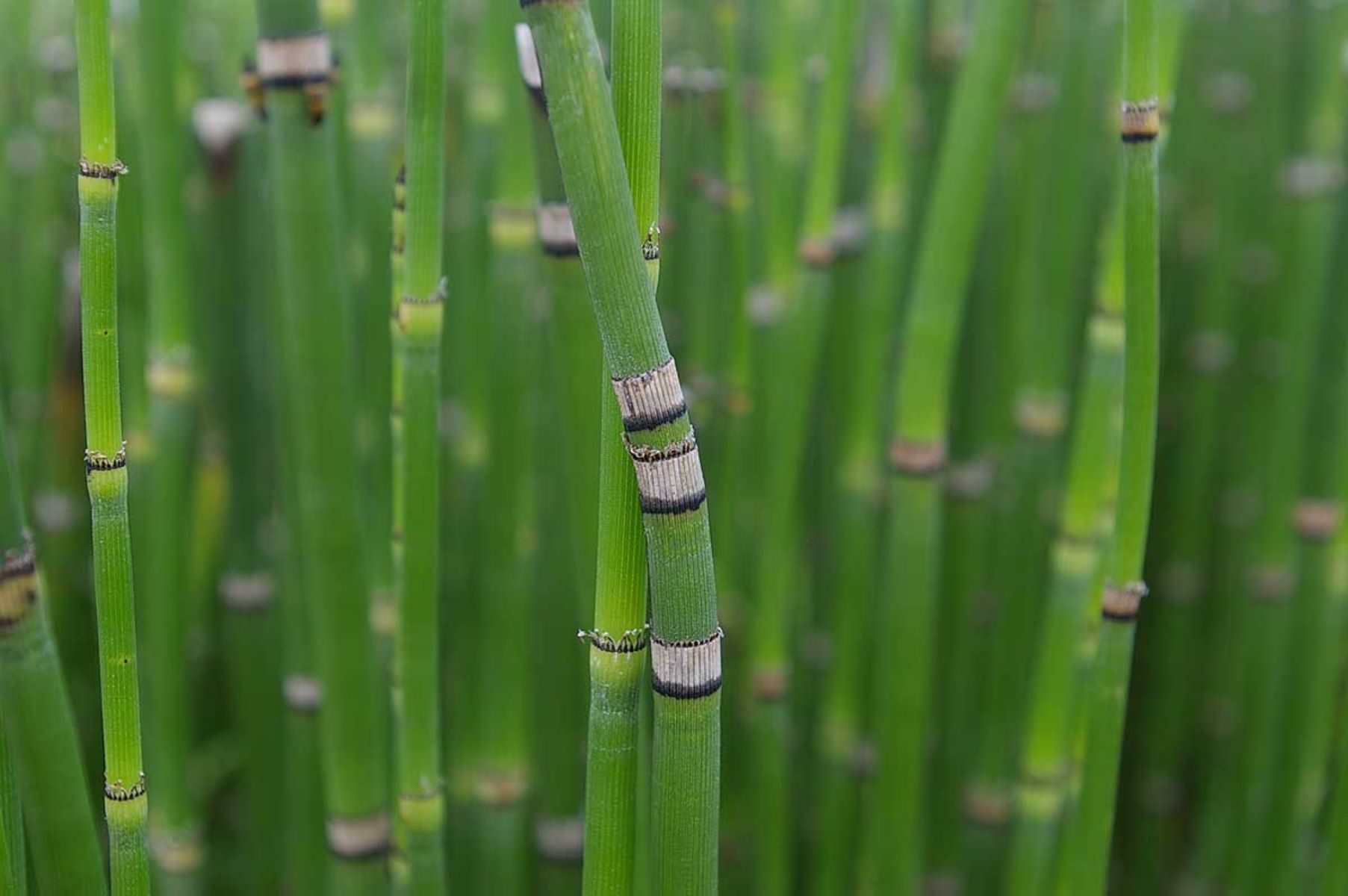
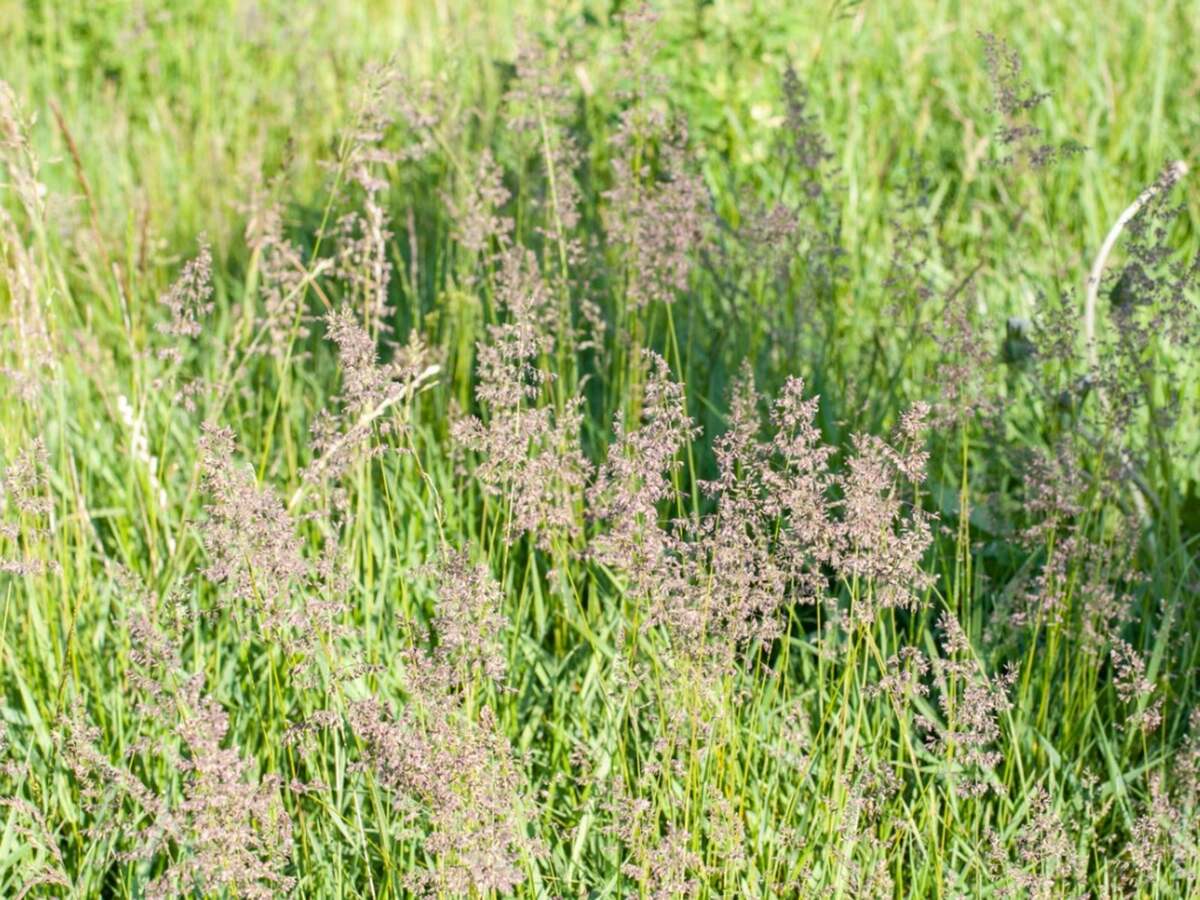
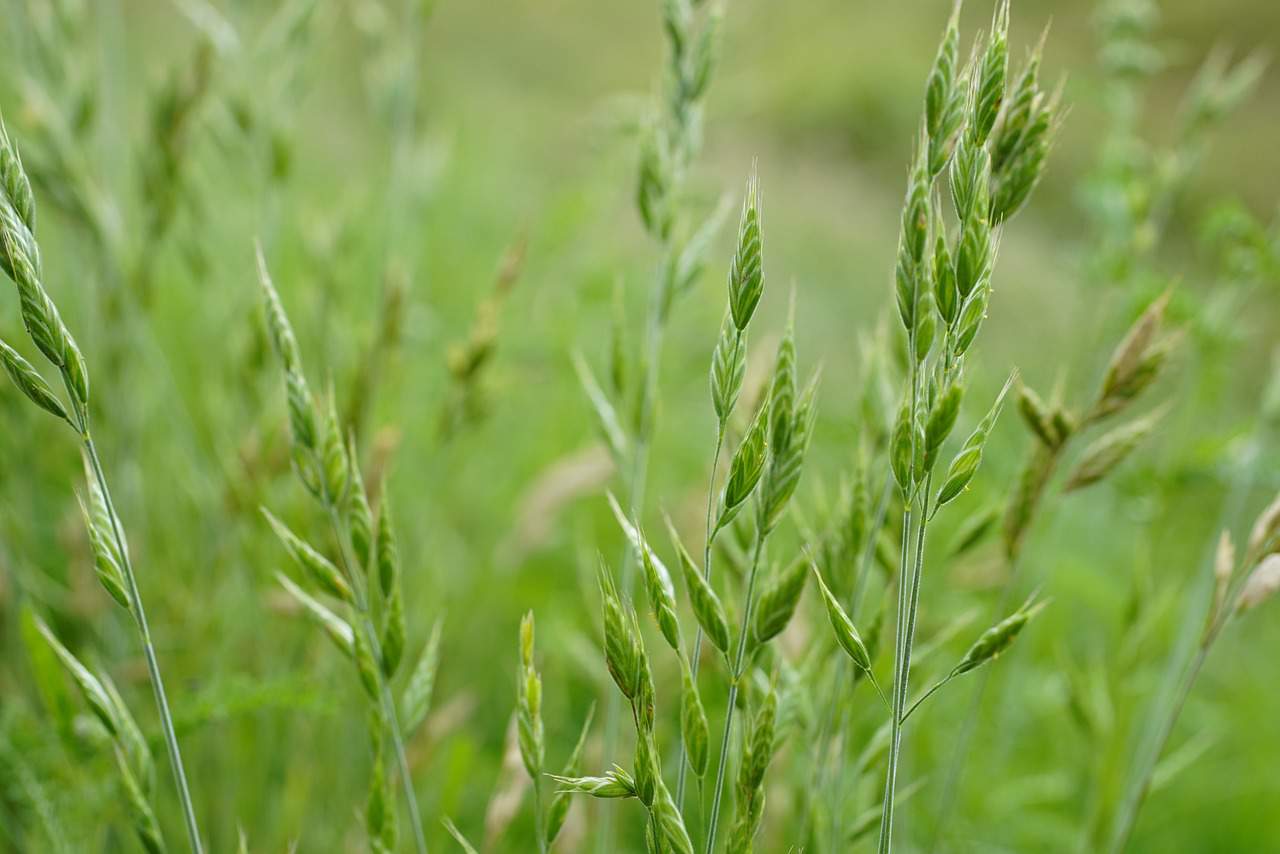
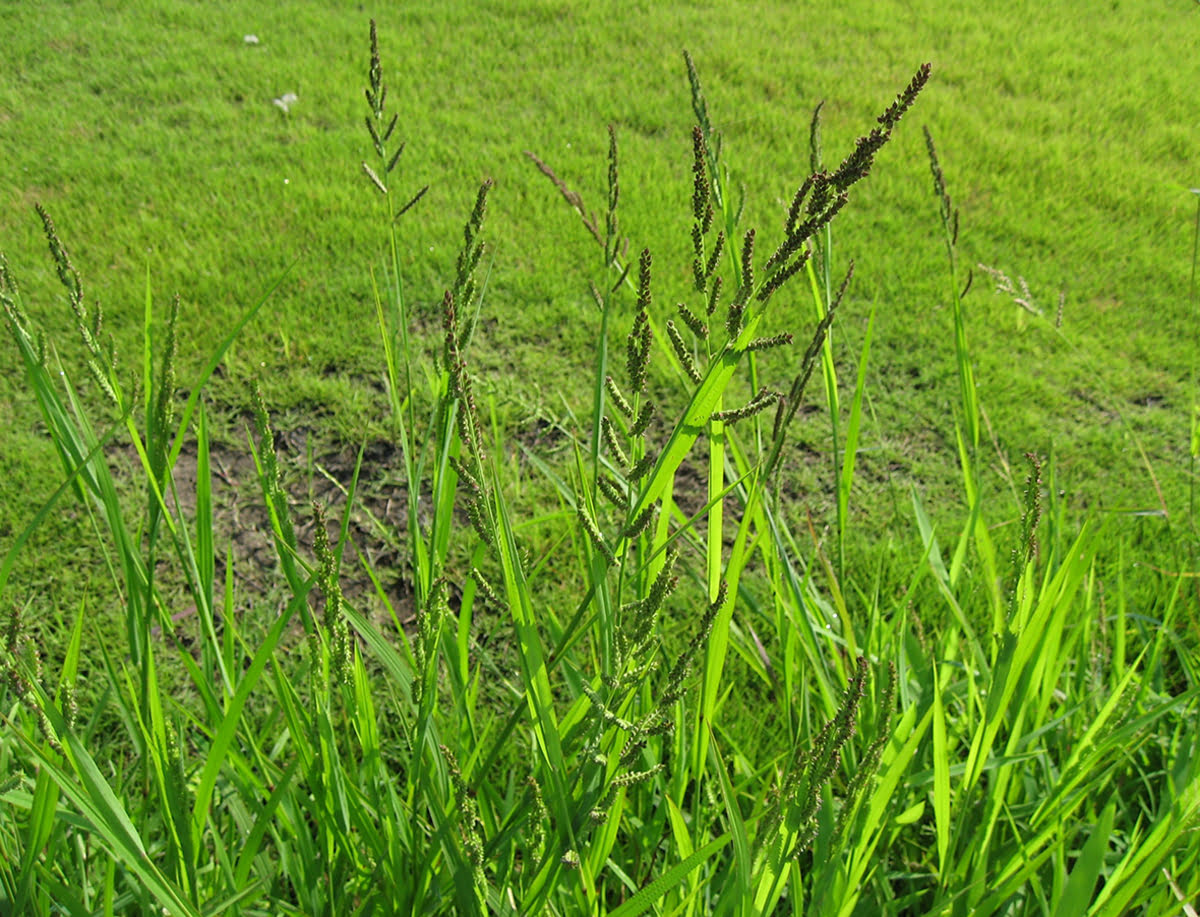
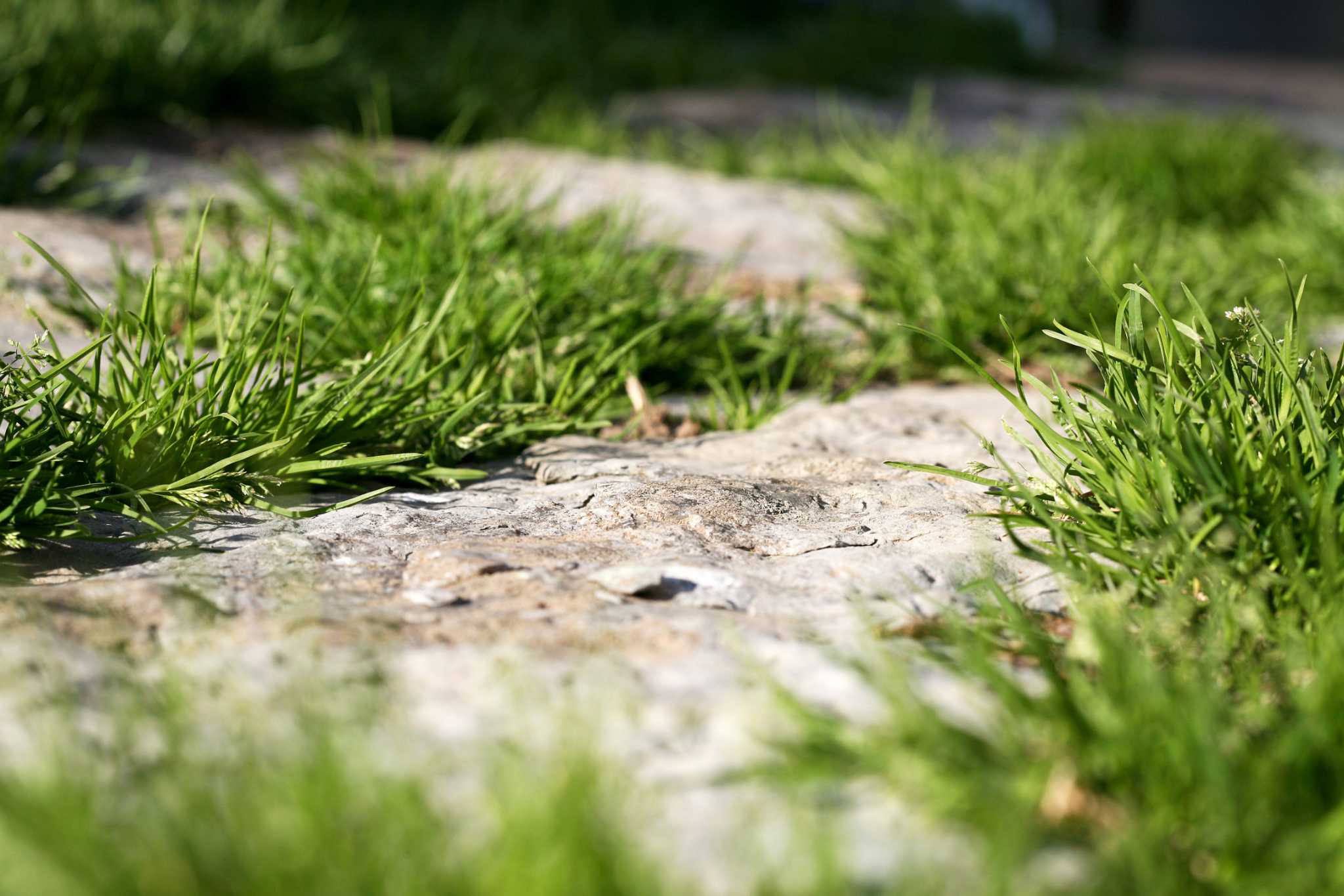
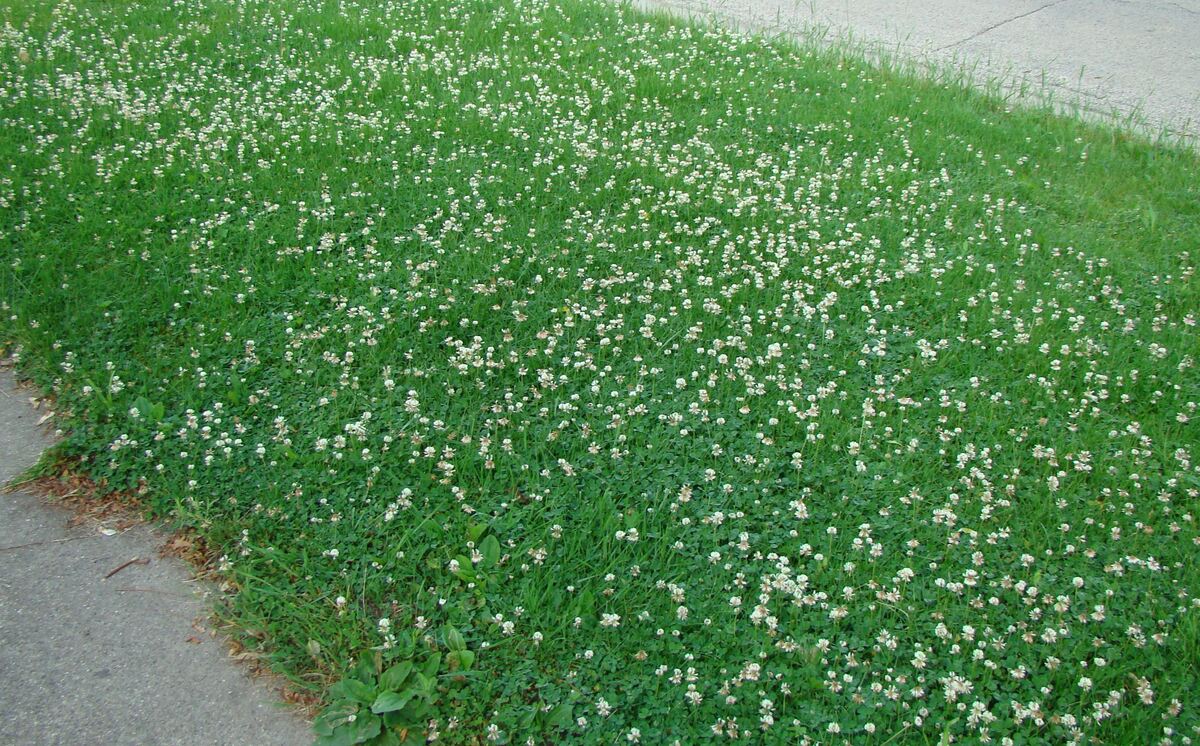
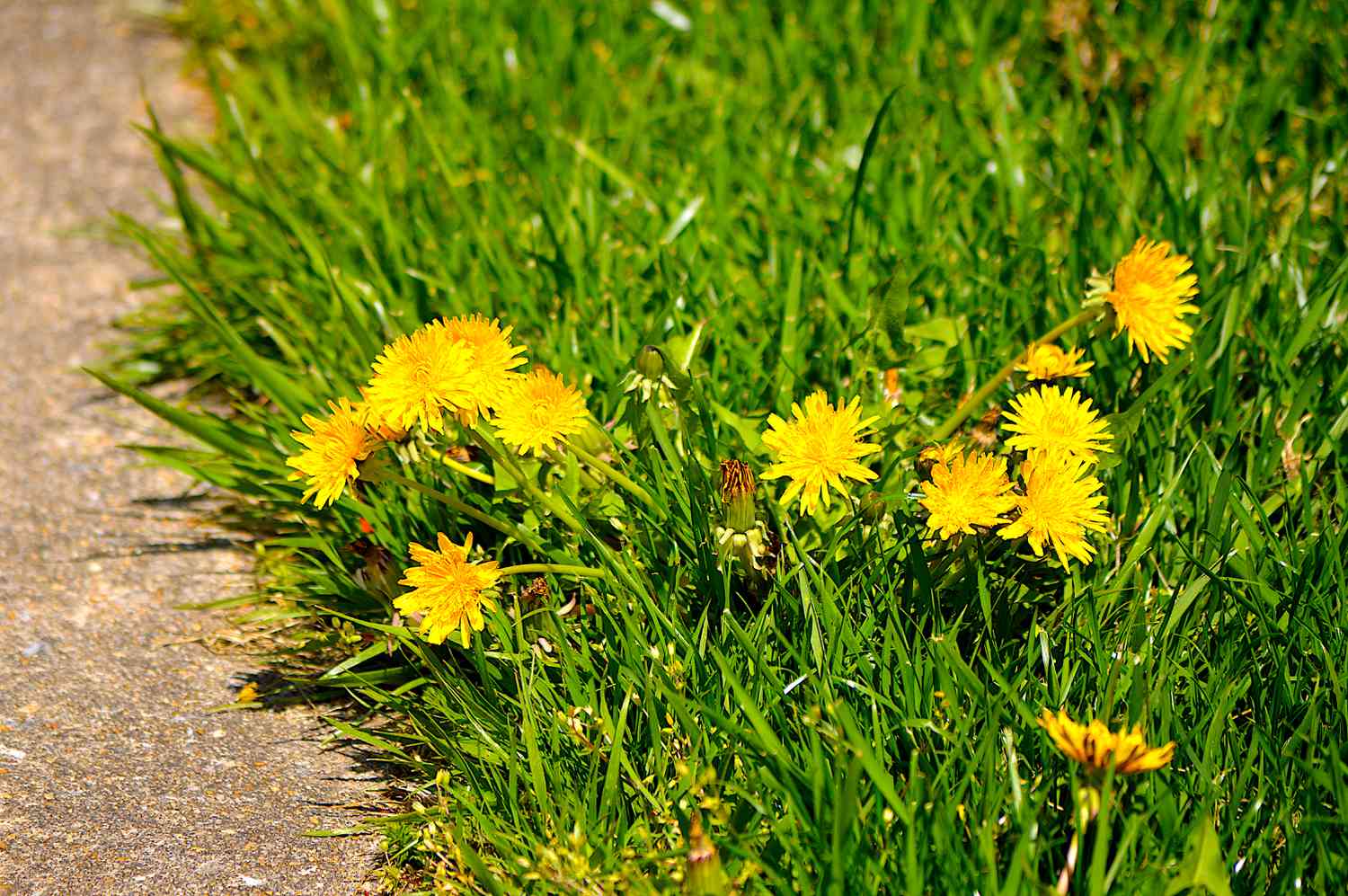
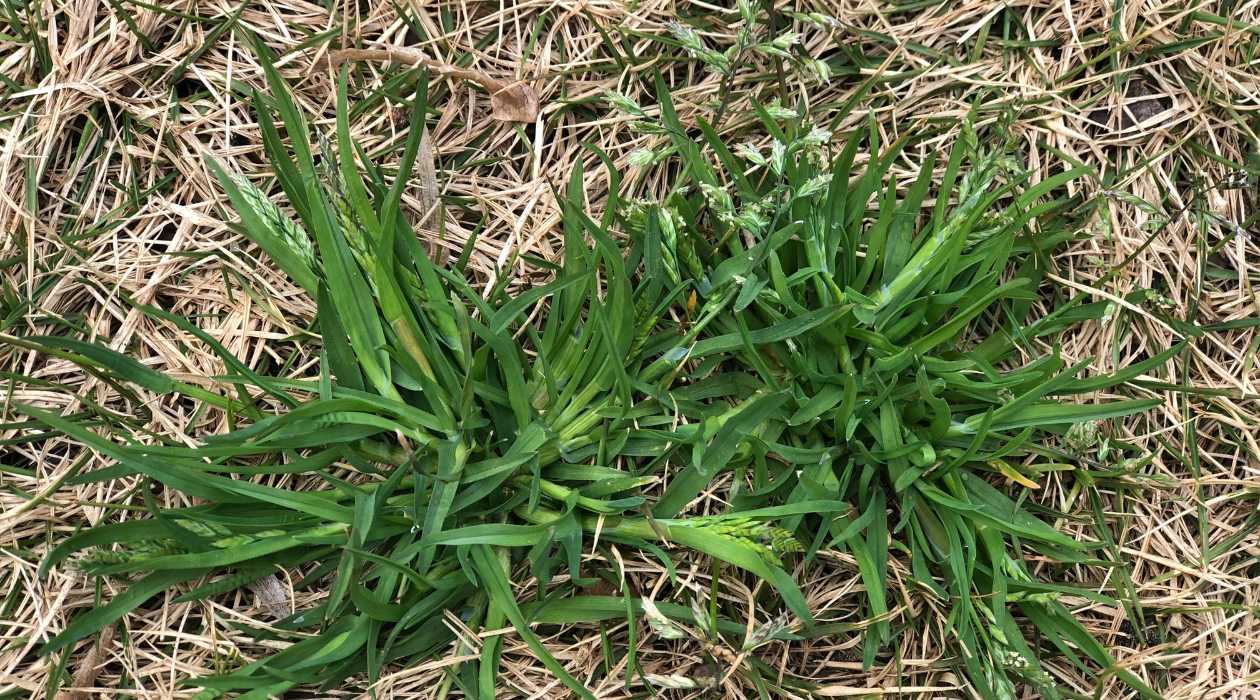
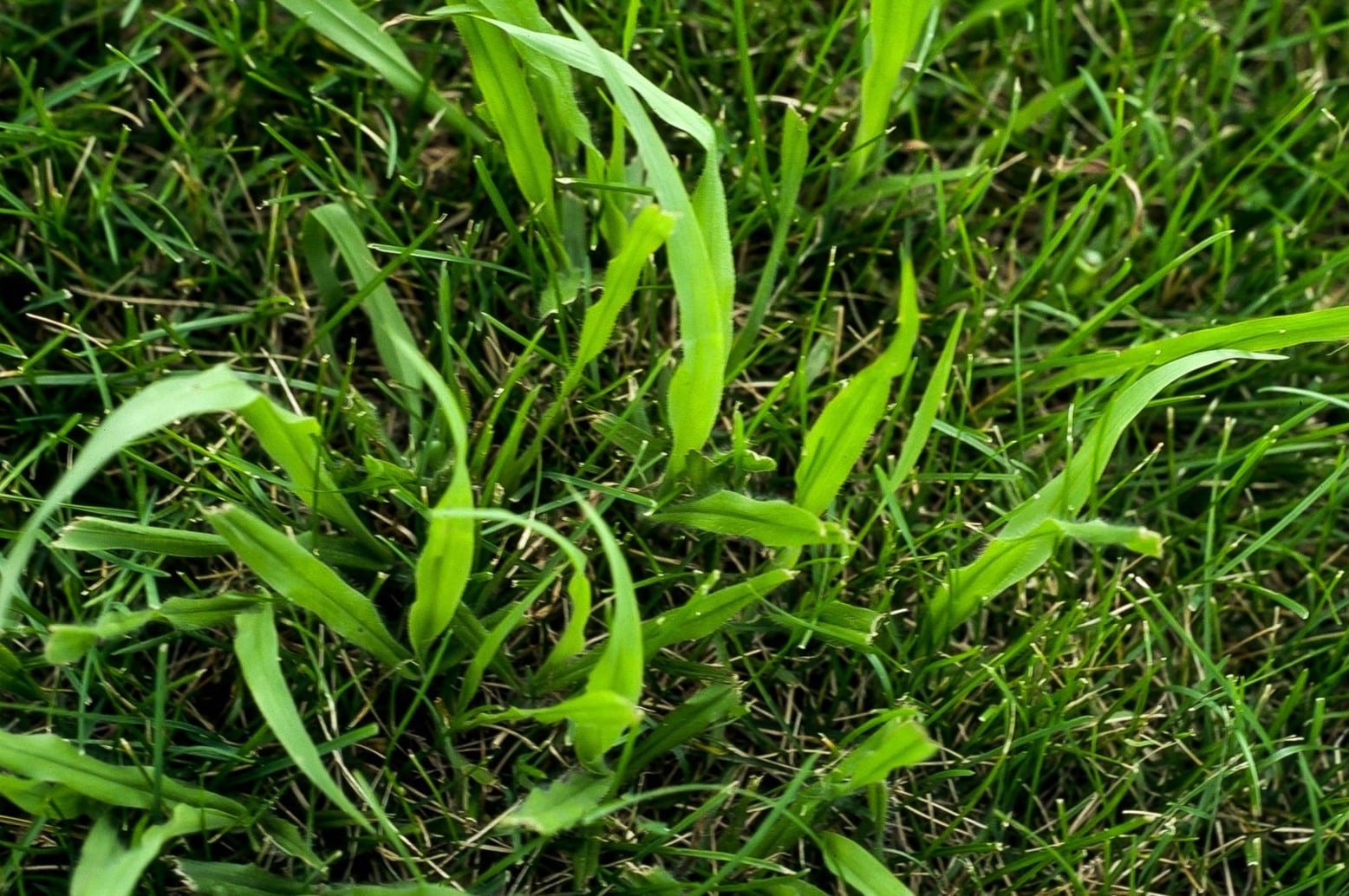
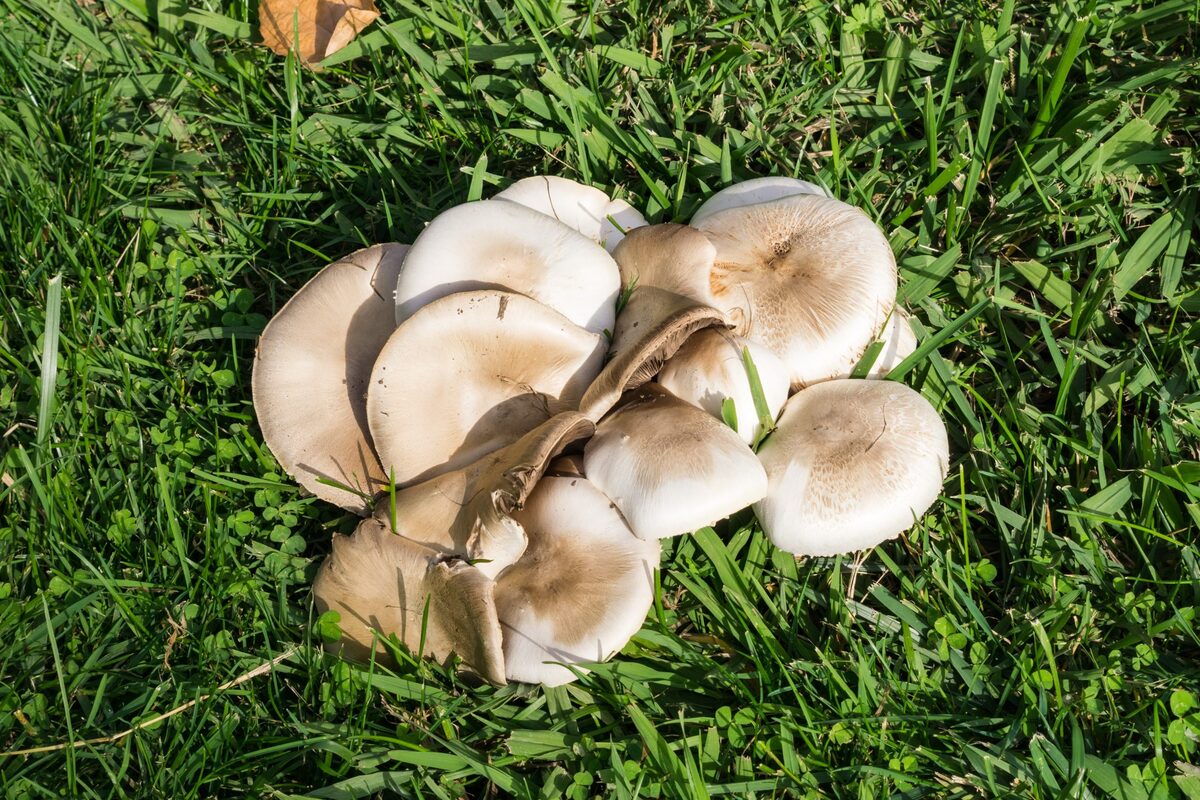
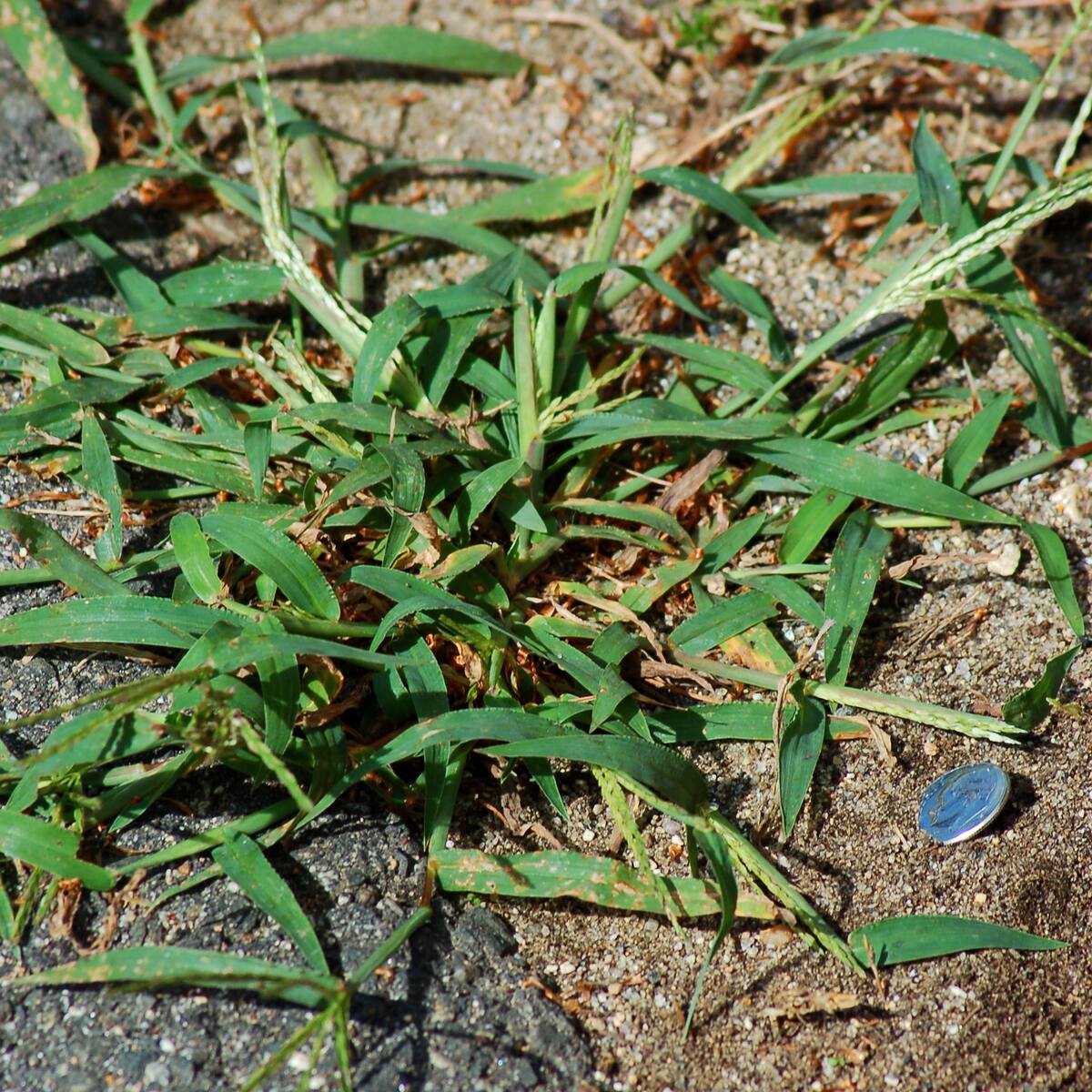

0 thoughts on “How To Kill Water Grass”